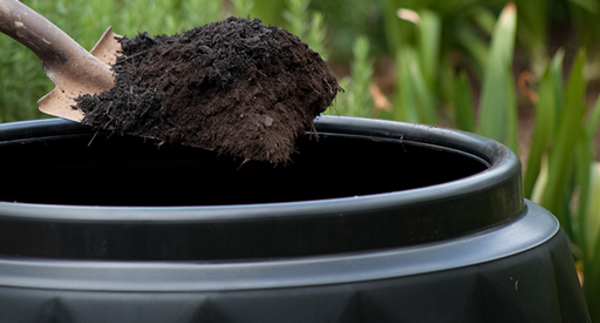
Simply put, a sustainable garden works in harmony with nature. The process can include minimising negative environmental impacts and maximising positive impacts.
Related Products
Move to a more sustainable garden by asking for drought tolerant species at nurseries and garden centres before selecting plants, trees and shrubs. Consider a rock garden containing a combination of succulents, cacti, cabbage trees, yuccas, native grasses and flaxes for a low maintenance and drought tolerant garden.
There are many sustainable techniques and practices that can improve the health and the output of your garden. Most are easy to employ and can save you time, money and effort.
Here are some ways to move to a more sustainable garden:
Soil fertility
- Regularly dig over soil and assess soil type and quality.
- Always use fertilisers at correct times and application rates to reduce waste.
- Maintain soil fertility with organic ‘green manures’ or cover crops.
- Use mulch! It can prevent up to 75% of evaporation loss, prevents run off and keeps the soil cool.
- Consider ‘no dig’ gardening methods to minimize soil disturbance or compaction.
Compost and recycling
- Establish a compost bin or worm farm.
- Apply compost to all garden beds. Tui Compost is an excellent soil improver by increasing moisture holding capacity, particularly in sandy soils.
- Retain food scraps, lawn clippings and garden waste for composting. However some weeds are not suited to composting (e.g. oxalis and ivy).
- Shred woody material to use as mulch.
Seed/plant selection and placement
- Save seeds and winter roots to reduce money spent on new purchases.
- Investigate ‘companion planting’ to encourage pollinator insects. A combination of edible and ornamental plants will result in the garden looking more colourful and interesting.
- Use all areas of the garden for plants. If you are short on space consider tiered gardening or vertical planting.
Lawns
- Consider reducing lawn area (so garden space can be used for producing food).
- Mow lawns less often and allow taller grass in summer. A higher cut height helps keep it green and less dusty.
- Use a timer on sprinklers and make sure they are placed so water covers lawns and not surrounding areas.
Edible gardening
- Continuously plant a small amount of in-season crops for a year round supply.
- Bottle/dry/preserve or freeze any surplus crops for use in off season.
- Use tin cans or plastic bottles by drilling some holes in the bottom of the cans or bottles and burying them around plantings.
- Be vigilant in observing plants so they are harvested on time to reduce waste.
Water use
- Use roof-collected rainwater or 'grey water' from the bath or washing machine to water shrubs.
- Use a granular soil wetter like Saturaid.
- Water plants deeply and less often (we recommend every 3-5 days). This encourages deep root growth and a more robust constitution.
- Water the highest parts of the garden first: any run off will go to the lower dry areas.
- Ask your local council about water efficiency checks.
Post a comment
Sustainable Gardening Guide Comments
Be the first to write a comment